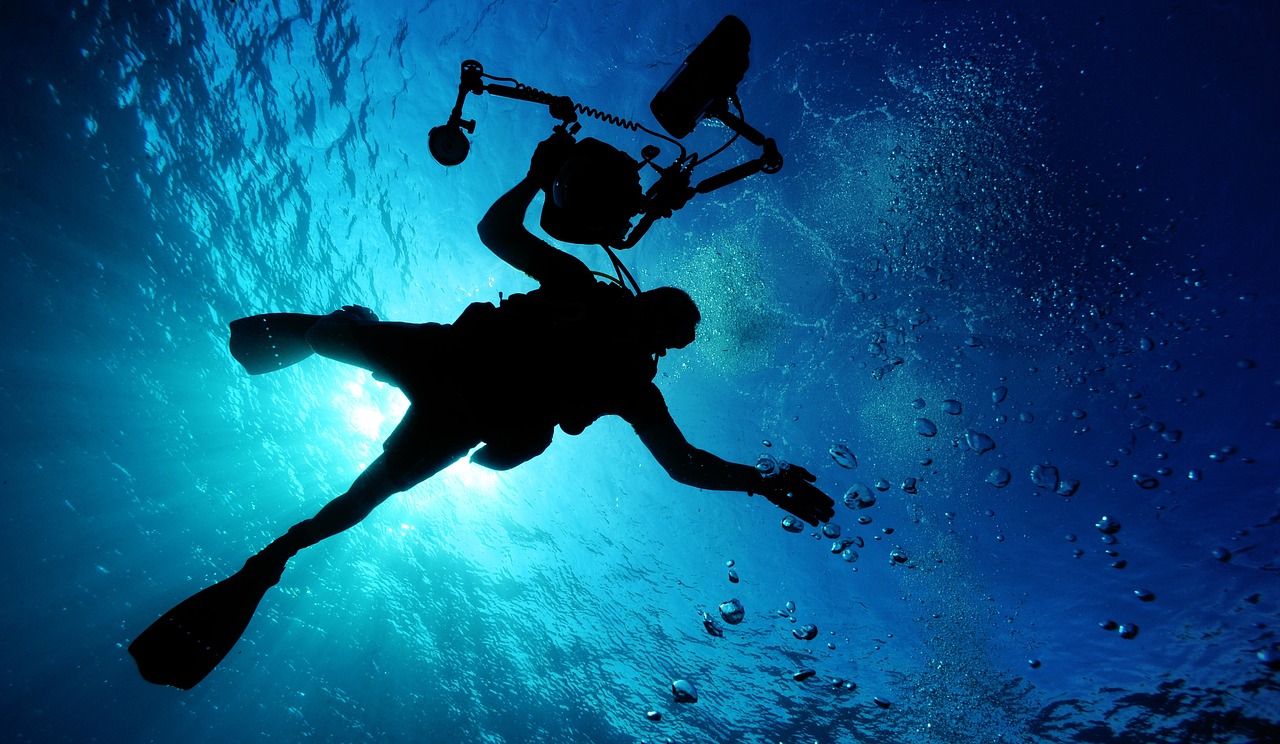Introduction to Underwater Cinematography
Underwater cinematography is a specialized field that requires unique skills and equipment to capture the beauty and mystery of the underwater world. From thrilling action sequences to serene, otherworldly scenes, underwater filming adds a layer of depth and realism that can transform a film’s narrative and aesthetic.
Challenges of Underwater Filming
Filming underwater presents a distinct set of challenges that differ significantly from traditional cinematography:
- Equipment: Specialized cameras and housings are required to handle the pressure and conditions underwater. Maintaining clarity and stability can be difficult due to water currents and movement.
- Lighting: Light behaves differently underwater, with colors and visibility changing at various depths. Proper lighting is essential to maintain the desired visual quality and mood.
- Safety: Ensuring the safety of the cast and crew is paramount. This includes managing oxygen supplies, monitoring underwater conditions, and being prepared for emergencies.
- Technical Skills: Operators must be proficient in diving and understand how to maneuver equipment efficiently underwater while also focusing on capturing the perfect shot.
The Impact of Underwater Scenes in Film
Underwater scenes have made a significant impact in many films, providing unforgettable visuals and adding to the storytelling in profound ways:
- “The Abyss” (1989): James Cameron’s science fiction film showcased groundbreaking underwater sequences, with much of the film’s tension and beauty derived from its aquatic setting.
- “Finding Nemo” (2003): Though animated, the film required extensive research into underwater environments, demonstrating the importance of accurately portraying the underwater world.
- “Life of Pi” (2012): The film utilized a combination of live-action underwater scenes and CGI to create visually stunning sequences that contributed to the film’s narrative and emotional impact.
Christopher Lee Warren’s Expertise in Underwater Cinematography
Christopher Lee Warren, co-founder of Blind Beagle VFX, brings extensive experience in underwater cinematography. His skills have been honed over years of working on diverse projects, allowing him to capture the underwater world with precision and creativity:
- “The Abyss” (1989): Contributing to the visual effects team, Christopher’s work helped bring the film’s underwater sequences to life, adding to its critical and commercial success.
- “Underworld: Evolution” (2006): As a miniature director of photography, Christopher’s expertise ensured the seamless integration of underwater scenes with the film’s dark and immersive aesthetic.
The Advantages of Underwater Filming
- Unique Perspectives: Underwater filming provides viewers with perspectives they cannot experience on land, offering a sense of exploration and wonder.
- Realism: Practical underwater effects create a sense of authenticity that enhances the audience’s immersion in the film.
- Visual Beauty: The underwater environment is inherently beautiful and mysterious, adding a visually captivating element to any film.
Future of Underwater Cinematography
With advancements in technology, underwater cinematography is becoming more accessible and versatile. New camera systems, lighting techniques, and safety equipment continue to expand what is possible, allowing filmmakers to explore new depths in their storytelling.
Conclusion
Underwater cinematography is an art that requires a blend of technical skill, creativity, and passion. At Blind Beagle VFX, we are committed to pushing the boundaries of this unique field, delivering stunning underwater visuals that captivate and inspire. Whether it’s for a high-octane action sequence or a serene, contemplative scene, our expertise ensures that every underwater shot is executed with precision and artistry.


